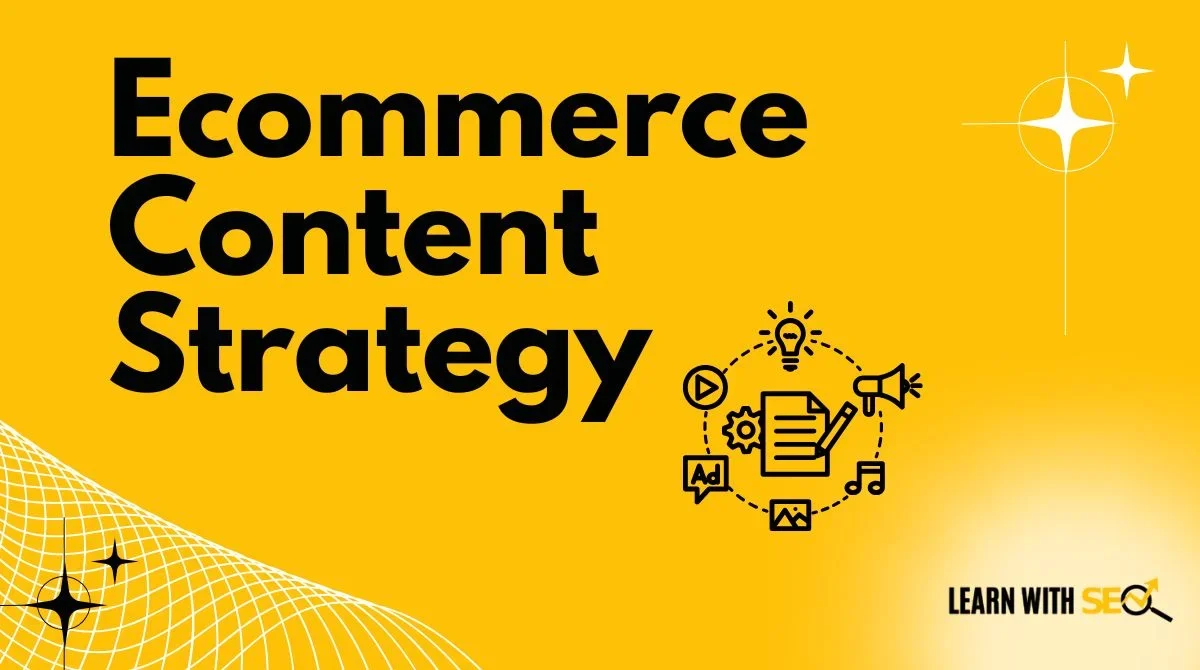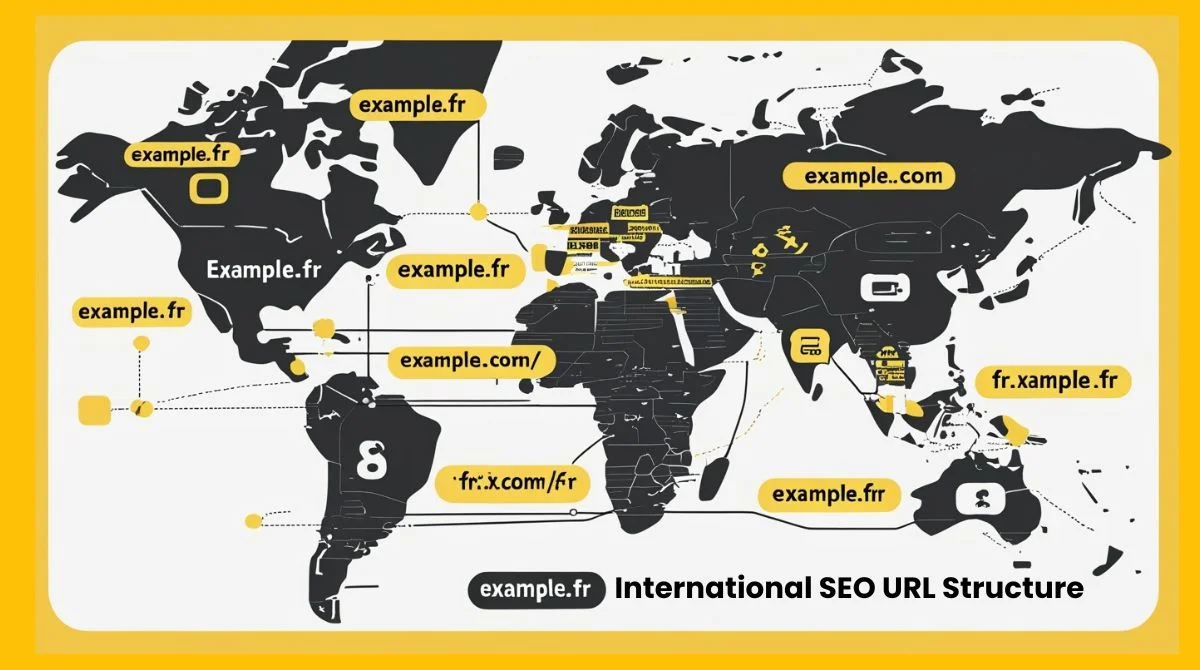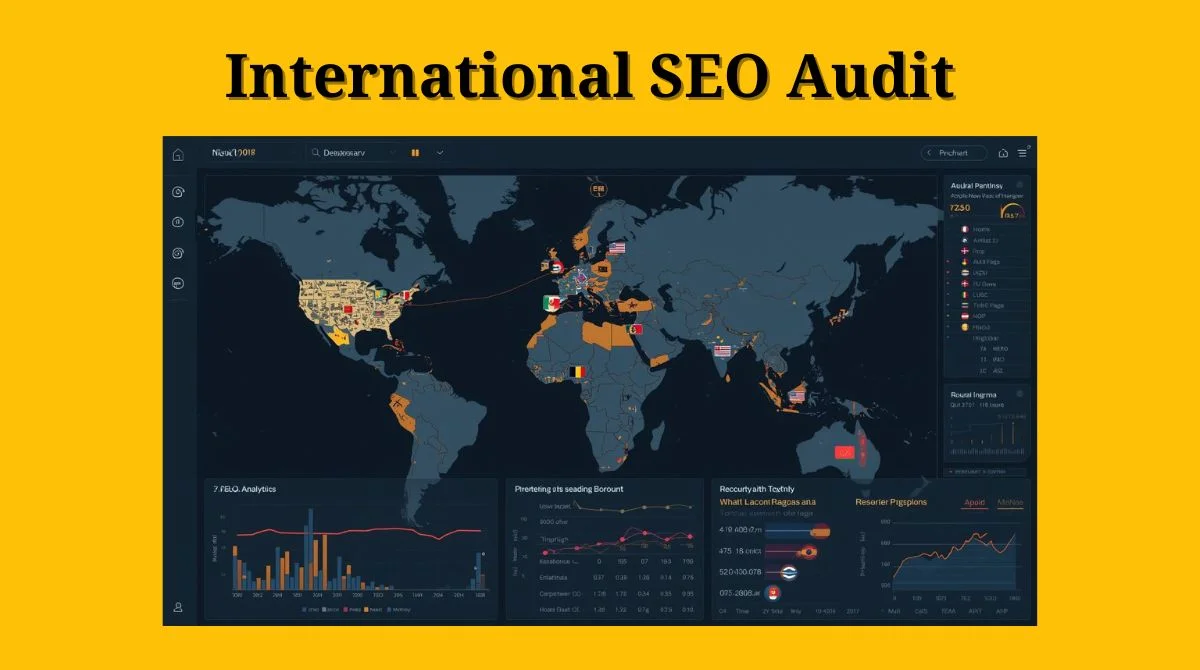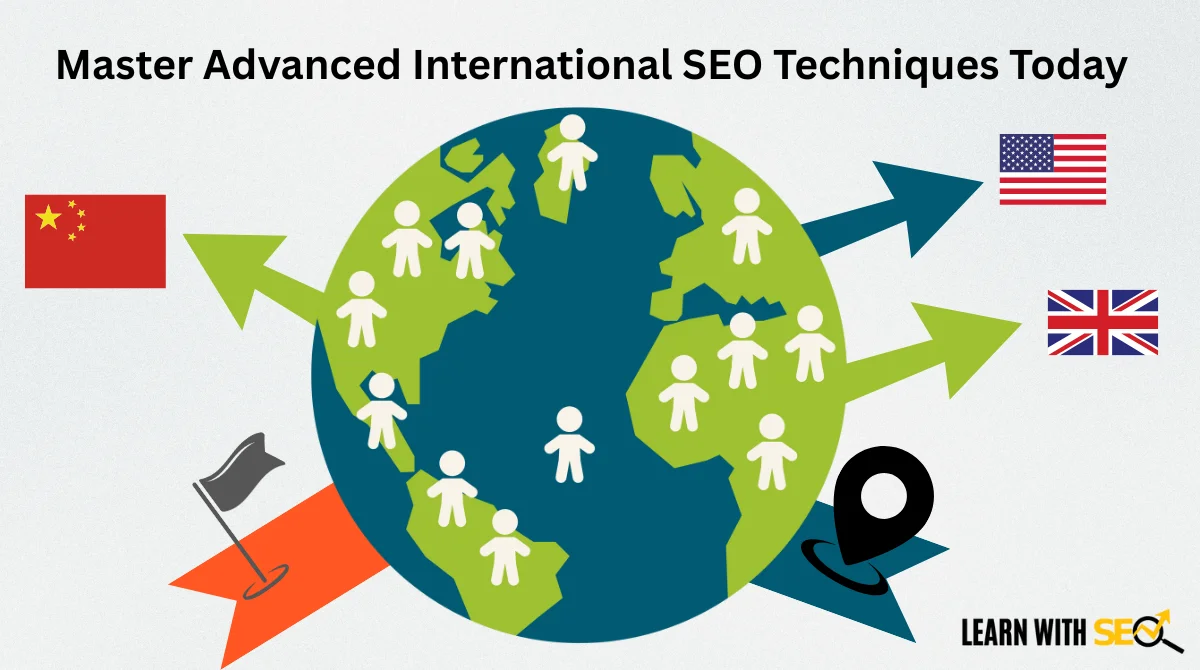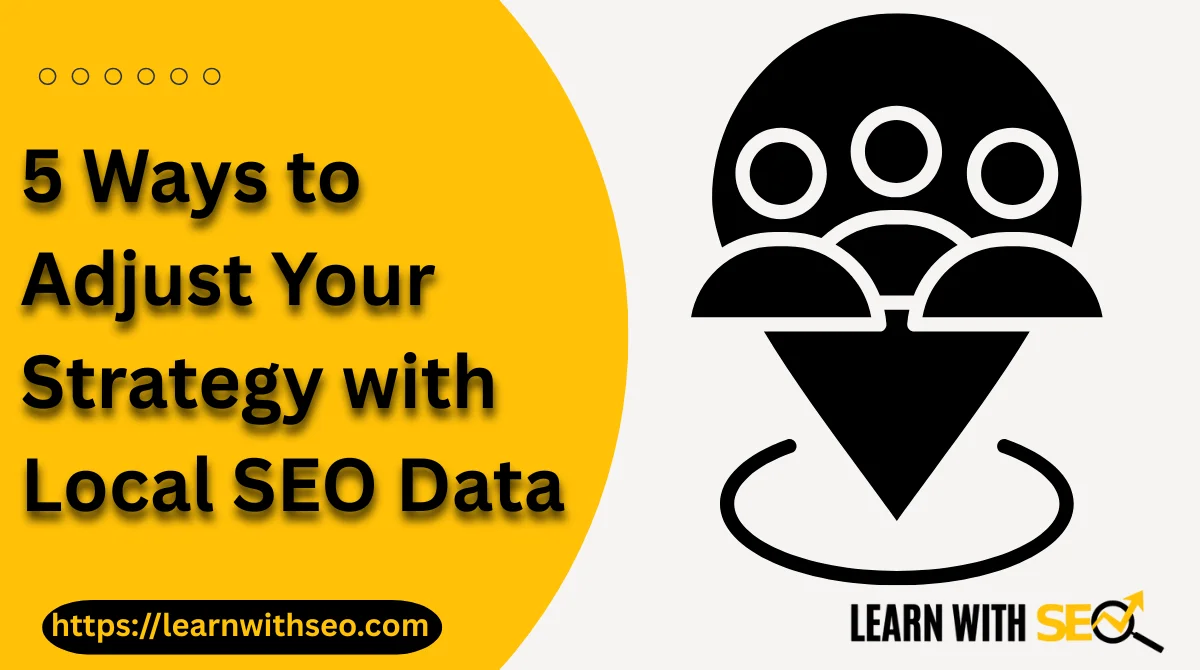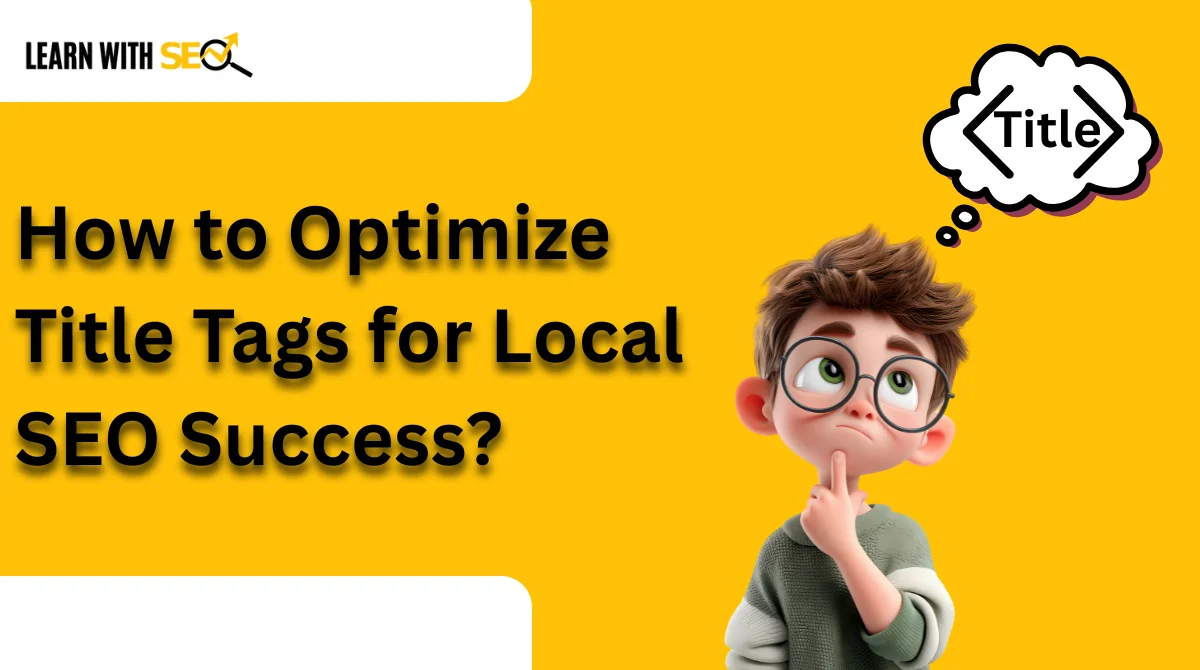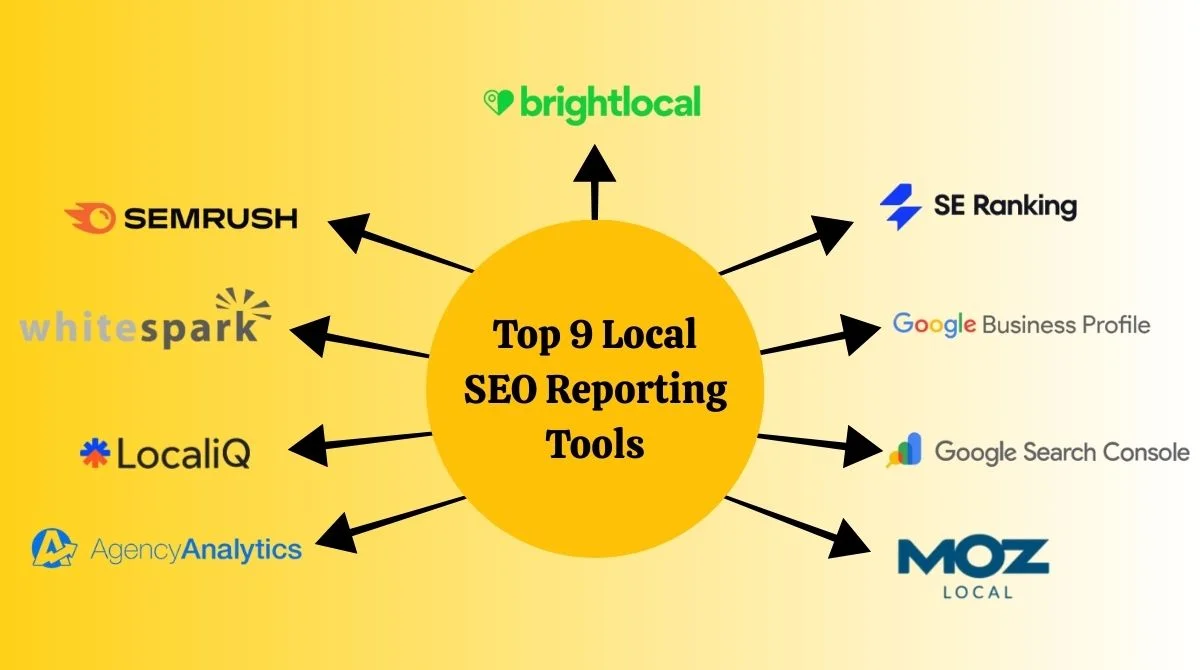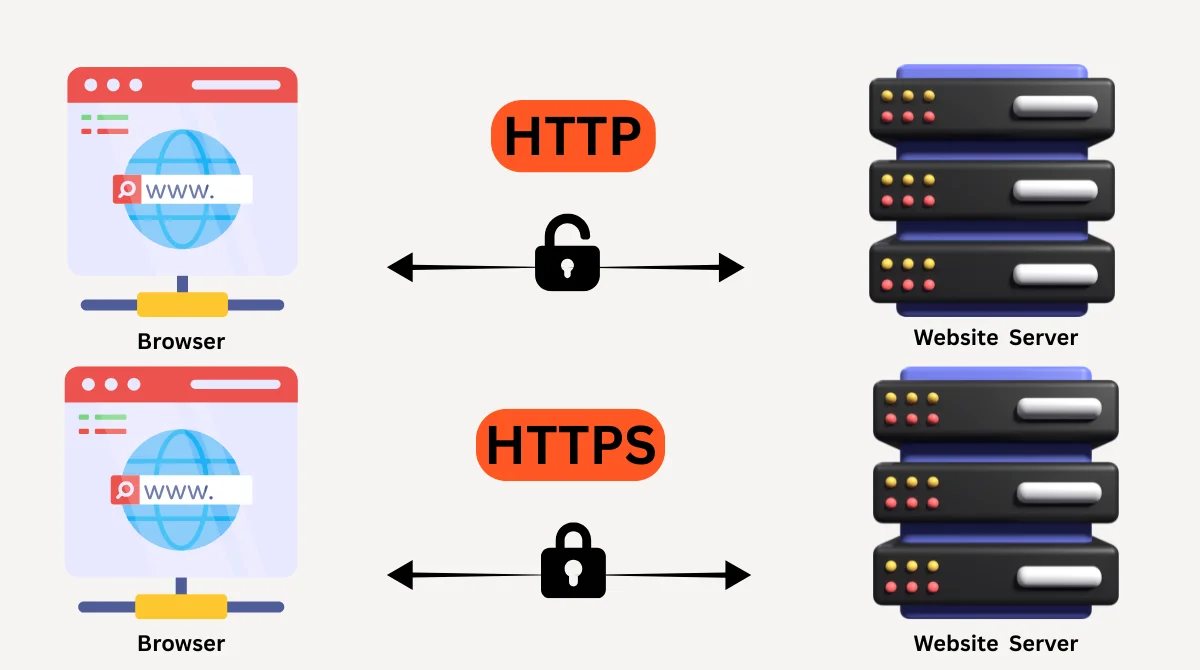- Why E-commerce Content Strategy Matters in 2025?
- Core Elements of Successful E-commerce Content Strategy
- Content Strategy for E-commerce Website Structure
- Advanced Content Marketing Strategies
- SEO Optimization for E-commerce Content
- Measuring Content Strategy Success
- Content Distribution Channels
- Building Long-Term Content Success
- Future-Proofing Your Content Strategy
- Conclusion
An effective e-commerce content strategy serves as the backbone of successful online businesses. It involves creating valuable content that attracts customers, builds trust, and drives sales growth consistently.
The best content strategy for e-commerce websites combines SEO optimization, customer engagement, and conversion-focused content. This approach helps businesses stand out in competitive markets while building lasting relationships with their audience.
Why E-commerce Content Strategy Matters in 2025?
Modern customers expect more than just product listings. They want educational content, authentic reviews, and engaging experiences that help them make informed decisions.
Personalization dominates content marketing for e-commerce sites in 2025, with brands analyzing customer behavior and preferences to create tailored content. This shift toward personalized experiences drives higher engagement and conversion rates.
Today’s search engines focus on content that truly delivers value to users. With 96.55% of content getting no organic traffic from Google, having your brand rank high in search engines is crucial for business success.
Core Elements of Successful E-commerce Content Strategy
Product-Focused Content
- Product Descriptions That Convert: Write detailed product descriptions that answer customer questions before they ask. Include technical specifications, benefits, and use cases that help customers visualize owning the product.
- How-to Guides and Tutorials: Create content showing customers how to use your products effectively. These guides build confidence in purchase decisions and reduce return rates.
- Product Comparison Articles: Help customers choose between similar products by creating honest comparison content. This positions your brand as helpful and trustworthy.
Educational Content Marketing
- Industry News and Trends: Share relevant industry updates that interest your target audience. This keeps customers engaged between purchases and positions your brand as knowledgeable.
- Problem-Solving Content: Address common customer pain points through blog posts, videos, and guides. Such content draws in potential buyers who are looking for answers.
- Behind-the-Scenes Content: Show your company culture, manufacturing process, or team members. This builds emotional connections with customers and humanizes your brand.
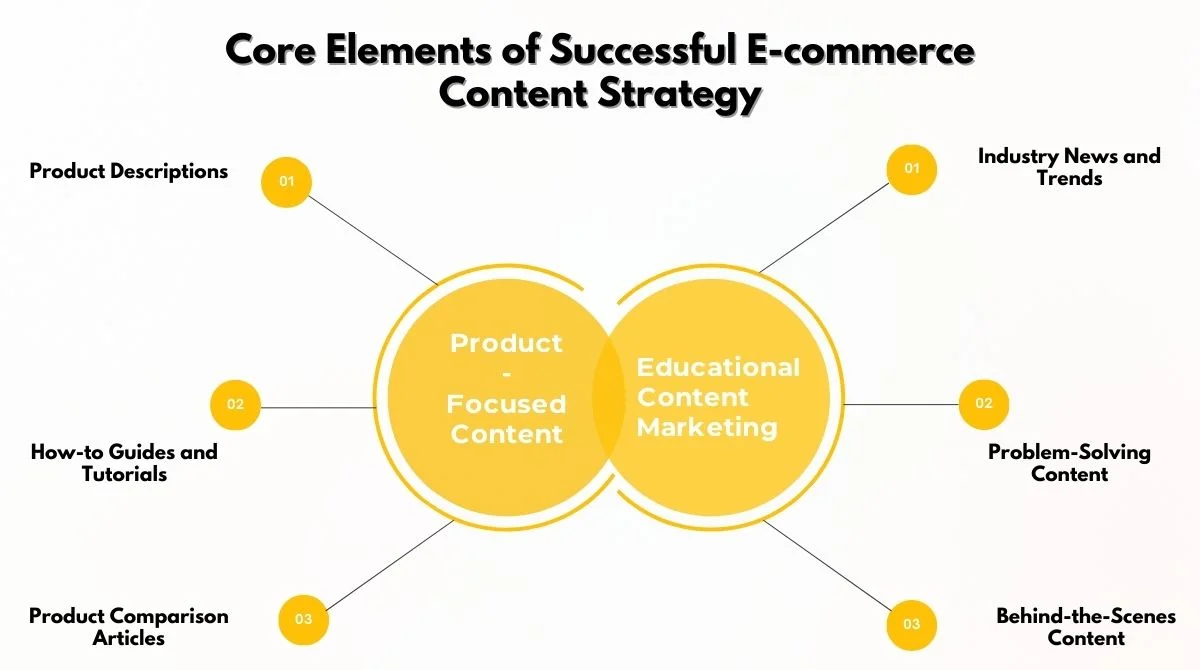
Content Strategy for E-commerce Website Structure
Blog Content Planning
- Keyword Research Foundation: Start with thorough keyword research focusing on buyer intent keywords. Target long-tail keywords that indicate purchase readiness rather than just informational queries.
- Content Calendar Development: Plan content around seasonal trends, product launches, and customer journey stages. Consistency in publishing builds audience expectations and search engine trust.
- Topic Clusters Strategy: Create content clusters around main topics related to your products. Link related articles together to build topical authority and improve SEO performance.
User-Generated Content Integration
- Customer Reviews and Testimonials: Encourage customers to leave detailed reviews and testimonials. Display these prominently on product pages and create dedicated review content.
- Social Media Content Curation: Collect and showcase customer photos, videos, and social media posts featuring your products. This provides authentic social proof that influences purchase decisions.
- Q&A Sections: Build comprehensive FAQ sections based on actual customer questions. This content often ranks well for voice search queries and featured snippets.
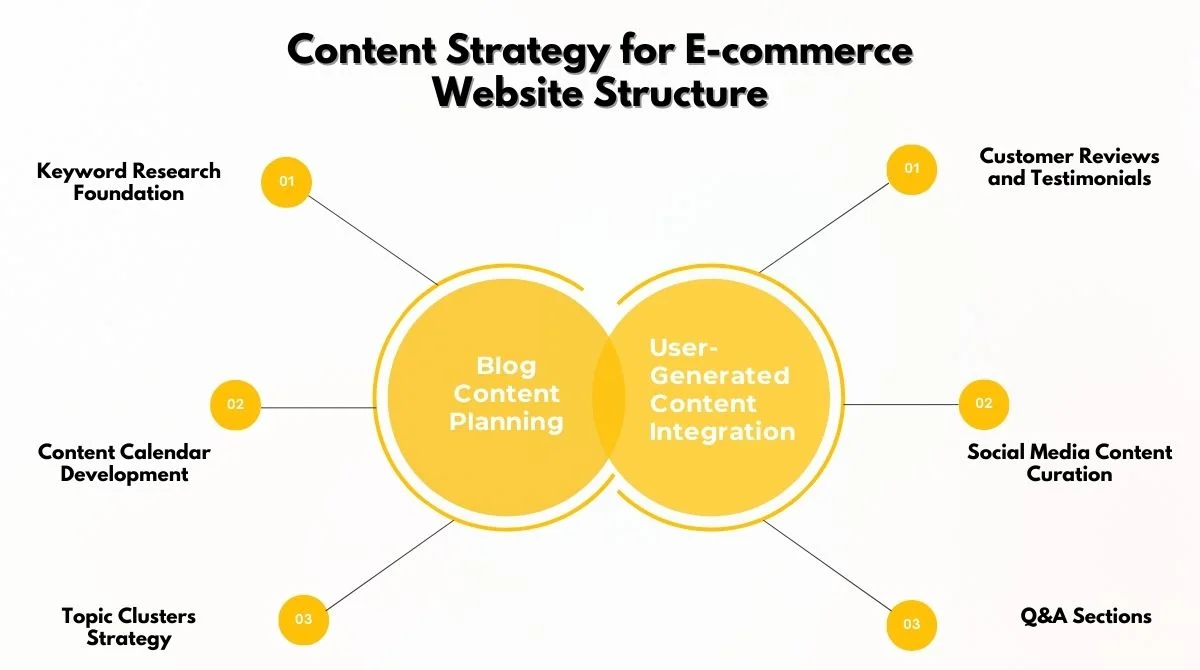
Advanced Content Marketing Strategies
Video Content Creation
- Product Demonstration Videos: Create clear, professional videos showing products in action. These reduce uncertainty and increase conversion rates significantly.
- Unboxing and Review Videos: Partner with influencers or create internal unboxing content. These videos generate excitement and provide authentic product experiences.
- Educational Video Series: Develop a video series teaching skills related to your products. This content builds long-term audience engagement and establishes expertise.
Personalization and AI Integration
- Dynamic Content Delivery: Use customer data to show relevant content based on browsing history, purchase behavior, and preferences. Personalized product recommendations and targeted email campaigns feel tailored to individual needs.
- Automated Content Creation: Implement AI tools for creating product descriptions, email content, and basic blog posts. This scales content production while maintaining quality standards.
- Behavioral Trigger Content: Set up automated content delivery based on customer actions. Send relevant guides, tips, or product suggestions based on browsing patterns.

SEO Optimization for E-commerce Content
Technical SEO Foundations
- Site Speed Optimization: Ensure all content loads quickly across devices. Slow-loading content frustrates users and hurts search engine rankings.
- Mobile-First Content Design: Design content primarily for mobile users, then adapt for desktop. Most e-commerce traffic comes from mobile devices in 2025.
- Schema Markup Implementation: Add structured data to product pages, reviews, and articles. By doing this, search engines can better understand your content and highlight it in rich snippets.
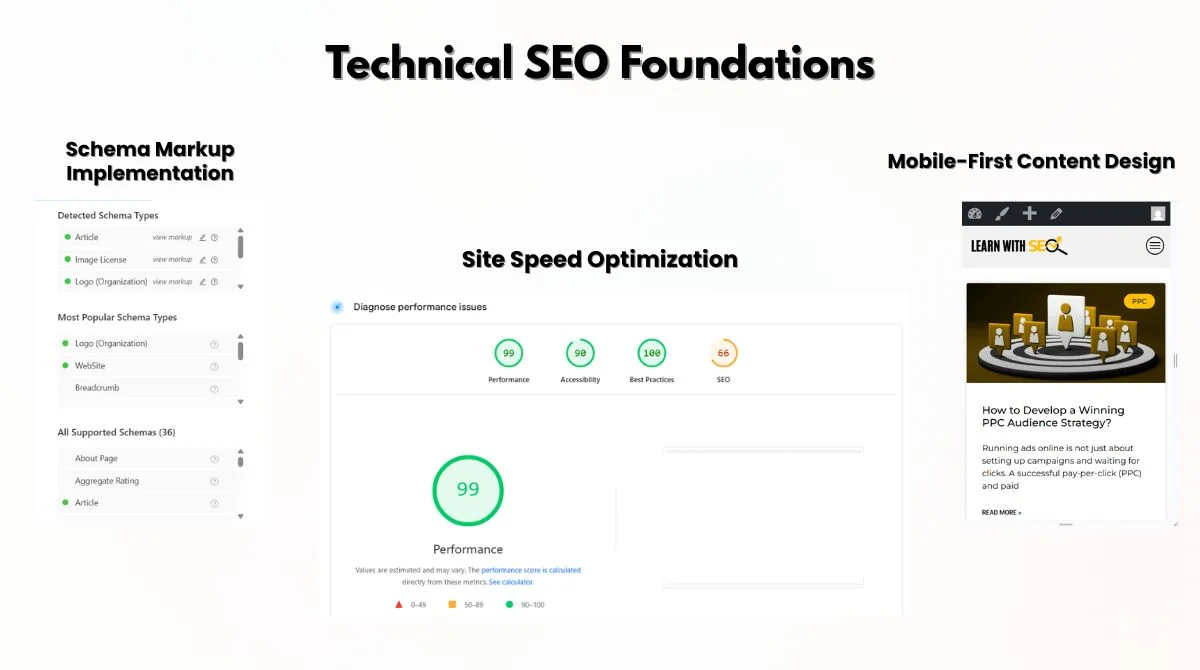
Content SEO Best Practices
- Long-Tail Keyword Integration: Blog post strategy should leverage long-tail keyword variations of target keywords for products and categories, including product reviews and how-to articles.
- Internal Linking Strategy: Connect related content through strategic internal links. This helps customers discover more products and improves SEO authority distribution.
- Featured Snippet Optimization: Structure content to answer specific questions clearly. Use headings, lists, and concise answers that search engines can extract for featured snippets.
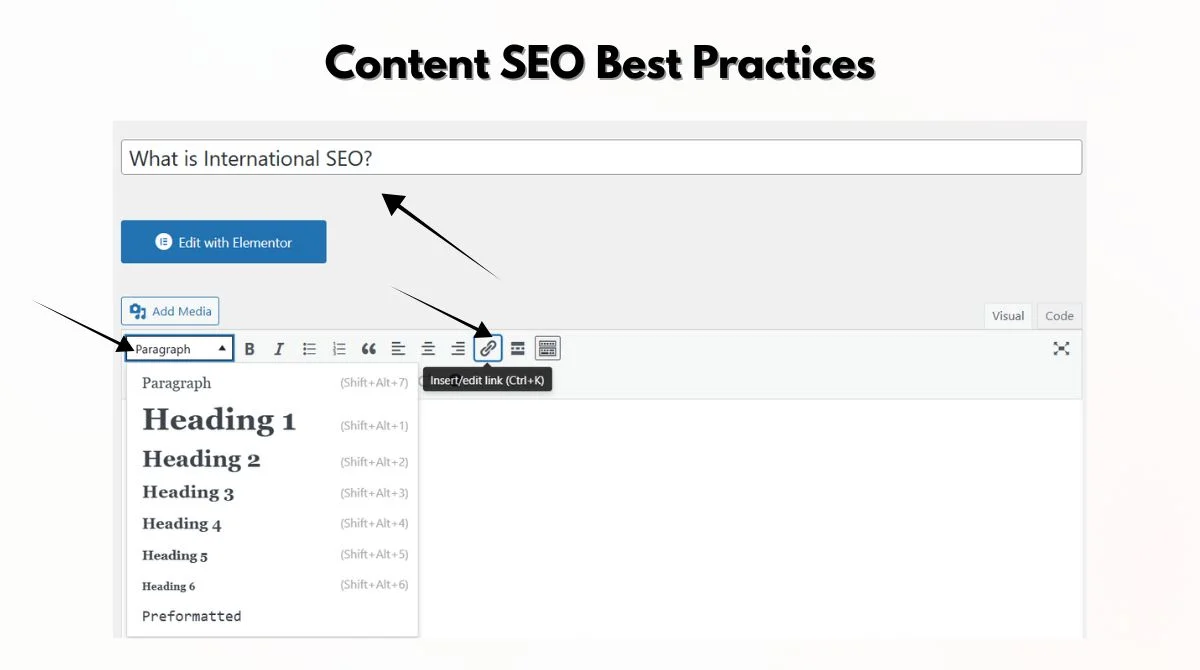
Measuring Content Strategy Success
Key Performance Indicators
- Organic Traffic Growth: Track increases in organic search traffic to content pages. Monitor which content types drive the most qualified traffic.
- Conversion Rate Tracking: Measure how content contributes to sales conversions. Track the customer journey from content consumption to purchase.
- Engagement Metrics: Monitor time on page, bounce rate, and social shares. High engagement signals indicate content quality and relevance.
Analytics and Optimization
- Content Performance Analysis: Regularly review which content performs best and identify patterns. Use these insights to guide future content creation decisions.
- A/B Testing Implementation: Test different content formats, headlines, and calls-to-action. Data-driven optimization improves content effectiveness over time.
- Customer Feedback Integration: Collect feedback on content usefulness and relevance. Use customer insights to refine content strategy and address gaps.
Content Distribution Channels
Owned Media Optimization
- Website Blog Integration: Integrate blog content seamlessly with product pages and navigation. Make it easy for customers to find relevant information.
- Email Marketing Content: Create valuable email content beyond promotional messages. Share tips, guides, and exclusive content that keep subscribers engaged.
- Social Media Content Planning: Adapt content for different social platforms while maintaining brand consistency. Each platform requires unique content approaches.
Earned and Paid Amplification
- Influencer Partnerships: Collaborate with relevant influencers to create authentic content featuring your products. Choose partners whose audience matches your target market.
- Guest Content Creation: Write valuable content for industry publications and relevant websites. This builds brand authority and generates quality backlinks.
- Paid Content Promotion: Amplify high-performing content through paid social media and search advertising. Focus the budget on content that demonstrates strong organic performance.
Building Long-Term Content Success
Brand Authority Development
- Thought Leadership Content: Share insights about industry trends, challenges, and innovations. Position your brand as a knowledgeable leader in your space.
- Expert Interviews and Collaborations: Feature industry experts, customers, and team members in your content. This adds credibility and provides fresh perspectives.
- Original Research and Data: Conduct surveys, studies, or analyses relevant to your industry. Original data often generates backlinks and media coverage.
Community Building Through Content
- Customer Success Stories: Share detailed case studies showing how customers achieved goals using your products. These stories inspire potential customers and build social proof.
- User-Generated Content Campaigns: Encourage customers to create content featuring your products. Run contests and campaigns that generate authentic content while building community.
- Interactive Content Experiences: Create quizzes, polls, and interactive tools that engage customers while providing value. Interactive content often generates higher engagement rates.
Future-Proofing Your Content Strategy
Emerging Technology Integration
- Voice Search Optimization: Optimize content for voice search queries by focusing on conversational language and question-based content. Voice search continues growing in 2025.
- AI-Powered Content Enhancement: Use AI tools to improve content quality, generate ideas, and optimize for search engines. Balance automation with human creativity and oversight.
- Virtual and Augmented Reality Content: Immersive technologies transform online shopping into experiences that rival traditional retail. Prepare for AR and VR content integration as technology becomes more accessible.
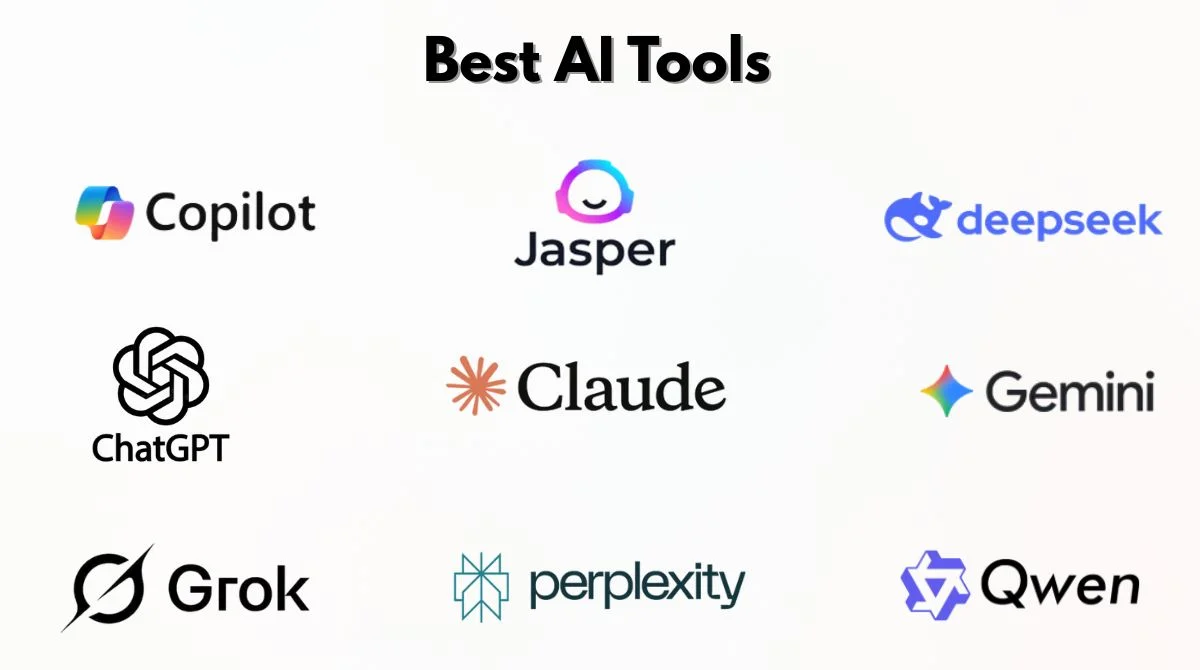
Adaptability and Continuous Improvement
- Algorithm Update Preparedness: In 2025, on-page SEO focuses on clarity and context, ensuring content is clear for users, search engines, and AI systems. Stay informed about search engine changes and adapt content accordingly.
- Customer Behavior Evolution: Monitor changes in customer preferences and adjust content strategy accordingly. What works today may need modification as behavior patterns shift.
- Competitive Analysis Integration: Regularly analyze competitor content strategies and identify opportunities for differentiation and market advantage. Find gaps in competitor content and fill them with superior alternatives.
Conclusion
The best ecommerce content strategy for growth combines customer value creation with strategic SEO optimization. Focus on understanding your audience deeply and creating content that genuinely helps them make better purchasing decisions. Success requires consistent execution, continuous measurement, and a willingness to adapt based on performance data. Start with basic content types and gradually expand into more sophisticated strategies as you build capability and see results. Remember that content strategy for e-commerce websites works best when integrated with overall marketing efforts. Align content creation with product launches, seasonal campaigns, and business objectives for maximum impact.

